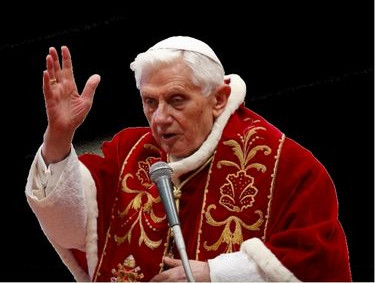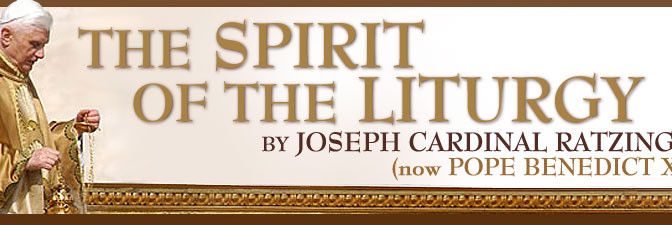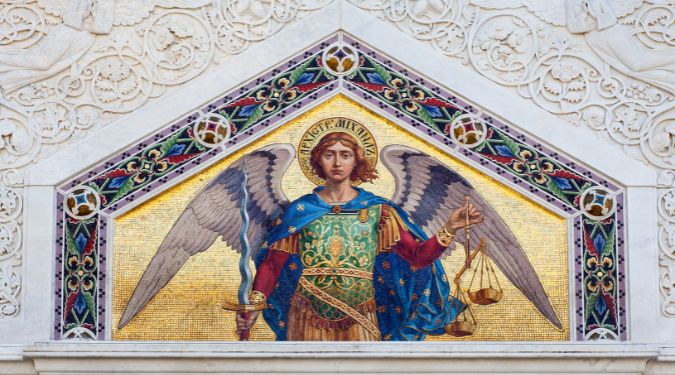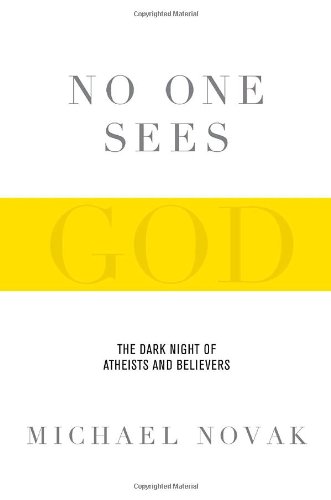Pope Benedict XVI insisted on a Christological reading of the Hebrew Scriptures, and in so doing, gave us an enriched understanding of Jesus Christ and our redemption through study of the worship and sacrifice of the Old Testament.

A prophetic critique of the sacrifices and Temple worship started very early in Israel’s history:
And Samuel said, “Has the Lord as great delight in burnt offerings and sacrifices, as in obeying the voice of the Lord? Behold, to obey is better than sacrifice, and to hearken than the fat of rams.
1 Sam 15:22
“I hate, I despise your feasts, and I take no delight in your solemn assemblies. Even though you offer me your burnt offerings and cereal offerings, I will not accept them, and the peace offerings of your fatted beasts I will not look upon. Take away from me the noise of your songs; to the melody of your harps I will not listen. But let justice roll down like waters, and righteousness like an everflowing stream.
Amos 5:21-24
Go and learn what this means, ‘I desire mercy, and not sacrifice.’ For I came not to call the righteous, but sinners.”
Mt. 9:13
And if you had known what this means, ‘I desire mercy, and not sacrifice,’ you would not have condemned the guiltless.
Mt. 12:7
In his book, The Spirit of the Liturgy, Pope Benedict explains, “The only real gift man should give to God is himself… In all [ancient ] worship it is not the real gift but a mere replacement that is given.” (Ratzinger & Benedikt, 2000, 36-36)
He continues, “There was an intense awareness of the impermanence of the Temple sacrifices together with a desire for something greater, something indescribably new.” (Ratzinger & Benedikt, 2000, 44)
Against this criticism of the Temple and its ritual, we have the appreciation that Jesus and disciples showed for it. You may remember that Jesus and his early followers exercised an attachment to Temple, and the Gospels include at least seven visits by Jesus himself to the temple, not including visits by his followers:
When he was separated from Mary and Joseph as a boy: “And he said to them, ‘How is it that you sought me? Did you not know that I must be in my Father’s house?’” Luke 2:49
After the cleansing of the temple: “His disciples remembered that it was written, ‘Zeal for thy house will consume me.‘”John 2:17, quoting Psalm 69.
After the Resurrection: “…and day by day, attending the temple together and breaking bread in their homes, they partook of food with glad and generous hearts.” Acts 2:46
We seem to have a conflict then, between the practice of these rites and Jesus’s appreciation for the Temple and the prophets’ criticism which he also confirms in the cleansing of the Temple. Pope Benedict clearly states what’s at stake in wrongly rejecting the Temple:
…the exclusive model for the liturgy of the New Covenant has been thought to be the synagogue—in strict opposition to the Temple, which is regarded as an expression of the law and therefore as an utterly obsolete “stage” in religion. The effects of this theory have been disastrous. Priesthood and sacrifice are no longer intelligible.
(Ratzinger & Benedikt, 2000, 49)
Later in the same book he tells us, “What at first seems to be a break turns out, on closer inspection, to be a real fulfillment, in which all the paths formerly followed converge. “ (Ratzinger & Benedikt, 2000, 37)
How does this work?
Let’s go back to Jesus’s cleansing of the Temple.
Jesus answered them, “Destroy this temple, and in three days I will raise it up.” John 2:19
Jesus claims to be the new Temple, and the end of the era of the old Temple is confirmed at Jesus’s death: “while the sun’s light failed; and the curtain of the temple was torn in two.” Luke 23:45
Pope Benedict uses St. Paul’s words to give us insight into what this means: “[Jesus] whom God put forward as an expiation by his blood, to be received by faith. This was to show God’s righteousness, because in his divine forbearance he had passed over former sins.” Romans 3:25
In his book, “Jesus of Nazareth,” Pope Benedict reminds us that the word “expiation” in Romans 3:25 is hilasterion (ἱλαστήριον, pronounced “hil-as-TAY-ree-on”), which translates the Hebrew kapporeth (כַּפֹּרֶת, pronounced “kap-PO-reth“), a cover (Pope Benedict XVI, 2011, 39). This Greek word is found 27 times in 20 verses in the Septuagint (Greek Old Testament), the version of the Old Testament favored by the authors of the New Testament. In each case, the word refers to the gold cover of the Ark of the Covenant found in the Holy of Holies. Other English translations use “Mercy Seat” or “propitiation” for this word.
God said that he would dwell above the Hilasterion and between the statues of the cherubim in the Holy of Holies and would meet the Israelites there (Exodus 25:22). On the Day of Atonement, Aaron or later, the High Priest, would go into the Holy of Holies with the blood of the atonement sacrifice and sprinkle the Hilasterion with the blood seven times. (Leviticus 16:14, CCC 433).
Pope Benedict explains the Old Testament ritual on the Day of Atonement:
The thinking here is that the blood of the victim, into which all human sins are absorbed, actually touches the Divinity and is thereby cleansed—and in the process, human beings, represented by the blood, are also purified through this contact with God.
(Pope Benedict XVI, 2011, 39)
Pope Benedict further explains the Christian understanding of this:
Let us explain straightaway how the Christians now interpreted this archaic ritual: it is not through the blood of animals touching a holy object that God and man are reconciled. In Jesus’ Passion, all the filth of the world touches the infinitely pure one, the soul of Jesus Christ and, hence, the Son of God himself. While it is usually the case that anything unclean touching something clean renders it unclean, here it is the other way around: when the world, with all the injustice and cruelty that make it unclean, comes into contact with the infinitely pure one—then he, the pure one, is the stronger. Through this contact, the filth of the world is truly absorbed, wiped out, and transformed in the pain of infinite love. Because infinite good is now at hand in the man Jesus, the counterweight to all wickedness is present and active within world history, and the good is always infinitely greater than the vast mass of evil, however terrible it may be.
(Pope Benedict XVI, 2011, 231)
And in another place:
The meaning of the ritual of the Day of Atonement is accomplished in him. In his self-offering on the Cross, Jesus, as it were, brings all the sin of the world deep within the love of God and wipes it away.
(Pope Benedict XVI, 2011, 40)
Jesus, then, is our Hilasterion!
References
Catechism of the Catholic Church: Complete and Updated. (1995). Crown Publishing Group.
Pope Benedict XVI. (2011). Jesus of Nazareth (P. J. Whitmore, Trans.). Ignatius Press.
Ratzinger, J. C., & Benedikt. (2000). The Spirit of the Liturgy (J. Saward, Trans.). Ignatius Press.



